Imagine boarding a subway car where the usual clamor of conversations and notifications fades into a rare hush. Across the U.S., this isn’t just a daydream—it’s becoming reality as more cities join the silent subway list, piloting designated quiet cars for commuters craving calm. From New York to Seattle, the push for these serene spaces reflects a broader hunger for reprieve in our noisy, fast-paced world. As urban transit systems grapple with rising ridership and stress, these silent sections offer a small but meaningful escape. But which cities are leading the charge, and could your daily commute be next in line for a quieter ride? The movement is gaining traction, driven by rider demand and innovative transit policies. Let’s take a closer look at the 12 U.S. cities rolling out this change and what it means for the future of public transit.
1. New York City: The Pioneer of Quiet Commutes
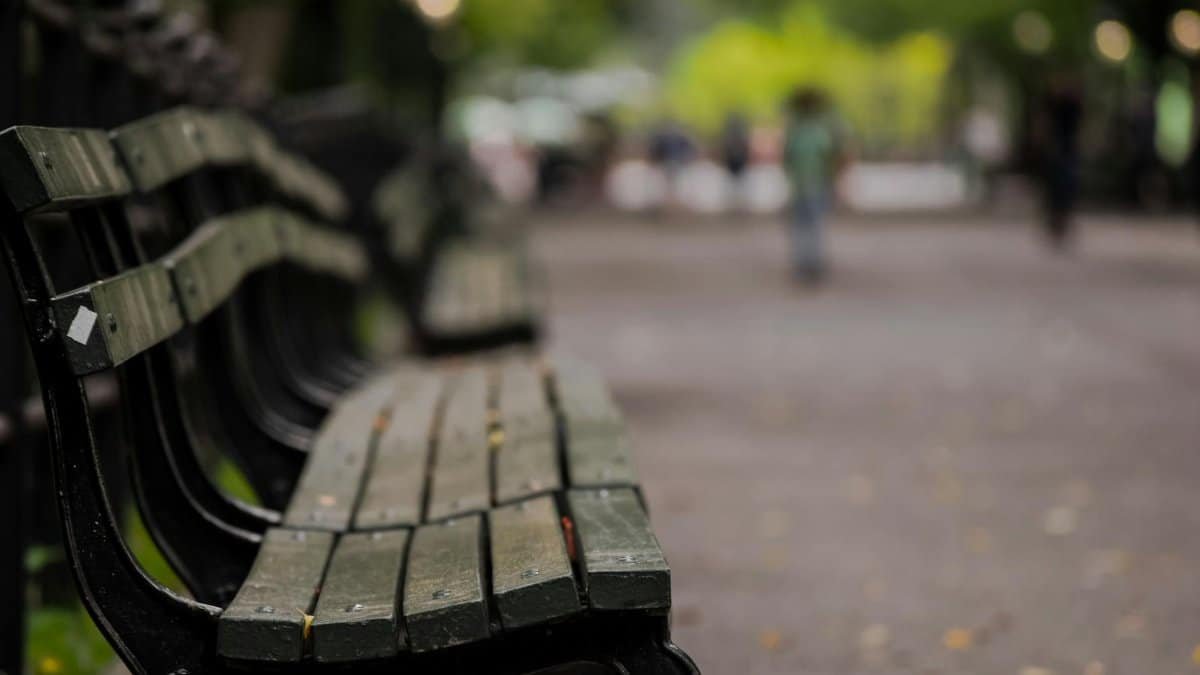
New York’s subway, a pulsing artery of noise and chaos, might seem an unlikely candidate for silence. Yet, the Metropolitan Transportation Authority (MTA) launched a pilot program in late 2024 on select lines like the 7 and L trains, designating specific cars as quiet zones during peak hours. Signs remind riders to keep voices low and headphones on. Early feedback shows a split—some commuters relish the calm, while others find enforcement spotty. The MTA reports a 15% uptick in positive rider comments for these cars, according to their latest survey at MTA Official Site. For a city that never sleeps, this experiment hints at a growing need for mental space amid the grind.
2. Chicago: Testing the Waters on the L

Chicago’s CTA followed suit, introducing silent cars on the Blue and Red Lines in early 2025. Unlike New York’s advisory approach, Chicago uses staff to monitor compliance during rush hours. One rider anonymously shared a sigh of relief, noting how the quiet car felt like “a mini-vacation between meetings.” The initiative targets stressed professionals, with plans to expand if feedback holds positive. Data from the CTA suggests 62% of surveyed riders support the concept, per a report summarized by Chicago Transit Authority. It’s a small step, but for a city known for hustle, it’s striking a chord.
3. Los Angeles: Quiet in a Car-Centric City
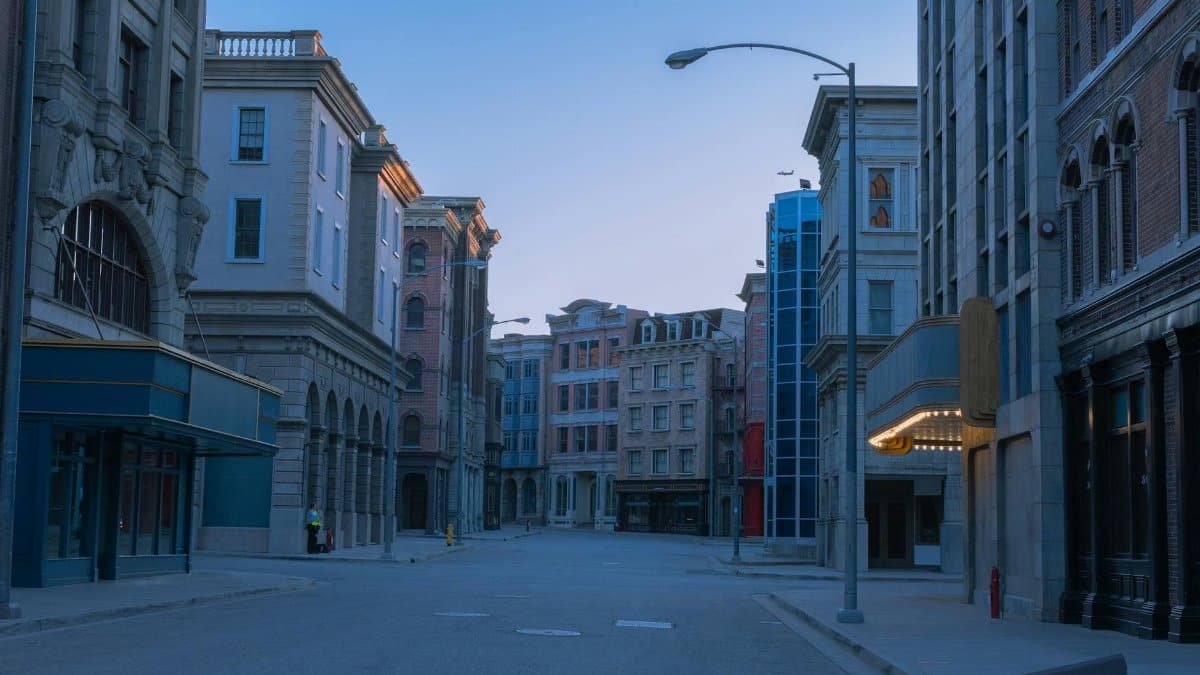
In a city where cars often reign, LA Metro’s silent car trial on the Red Line stands out. Launched in mid-2024, it’s a nod to the growing subway ridership as traffic woes persist. The program emphasizes voluntary compliance, with posters encouraging a “zen zone.” Ridership data from LA Metro indicates a modest but steady increase in usage of these cars. For Angelenos, it’s less about silence itself and more about reclaiming a moment of peace before the next freeway jam.
4. Boston: Embracing Calm on the T

Boston’s MBTA rolled out quiet cars on the Red and Green Lines, tapping into the city’s academic and professional commuter base. The program, started in late 2024, markets itself as a space for focus—perfect for students cramming or workers prepping for presentations. Compliance relies on rider goodwill, though occasional grumbles surface about loud phone calls. Still, early metrics from MBTA Official Site show promise, with over half of surveyed users wanting more quiet cars. It’s a fitting move for a city that values its intellectual quietude.
5. Washington, D.C.: Silence in the Capital
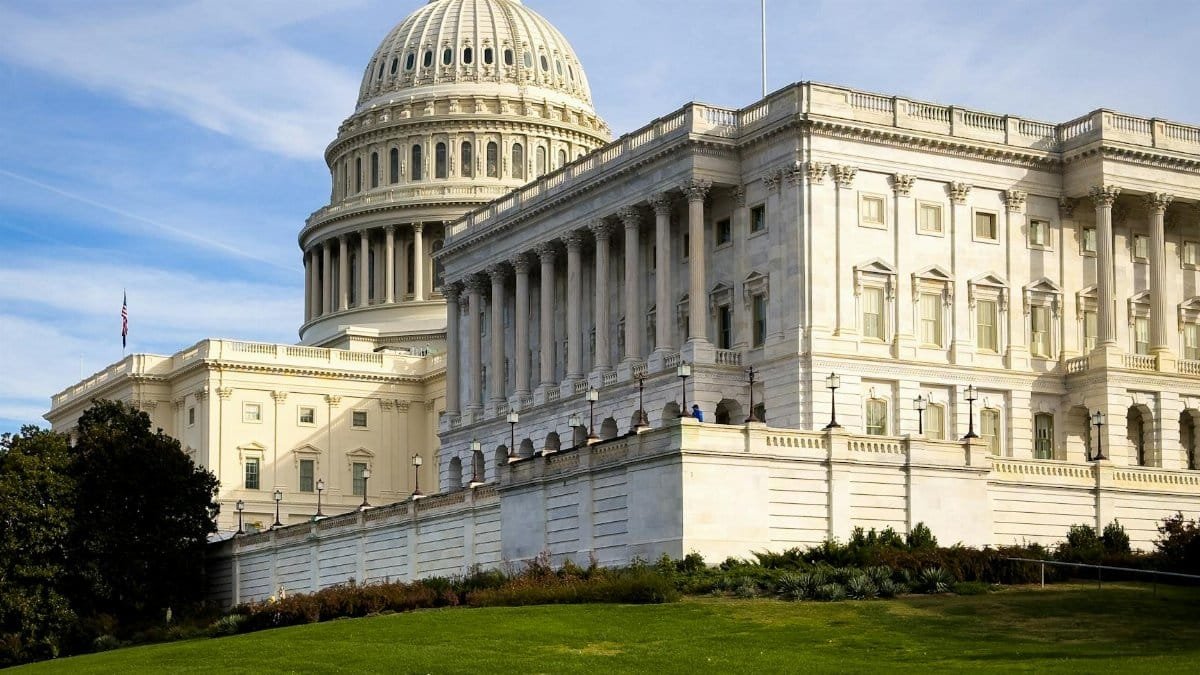
The nation’s capital, with its high-stress political crowd, joined the silent subway list on Metro’s Red and Blue Lines. WMATA’s 2025 pilot focuses on creating a refuge for frazzled commuters. Picture a packed car suddenly hushed, save for the soft hum of the train. It’s not perfect—enforcement is light—but the intent resonates. WMATA’s initial reports note a positive reception among federal workers, though hard data is pending. Check updates at WMATA Official Site. For D.C., quiet might just be the ultimate power move.
6. San Francisco: BART’s Quiet Experiment
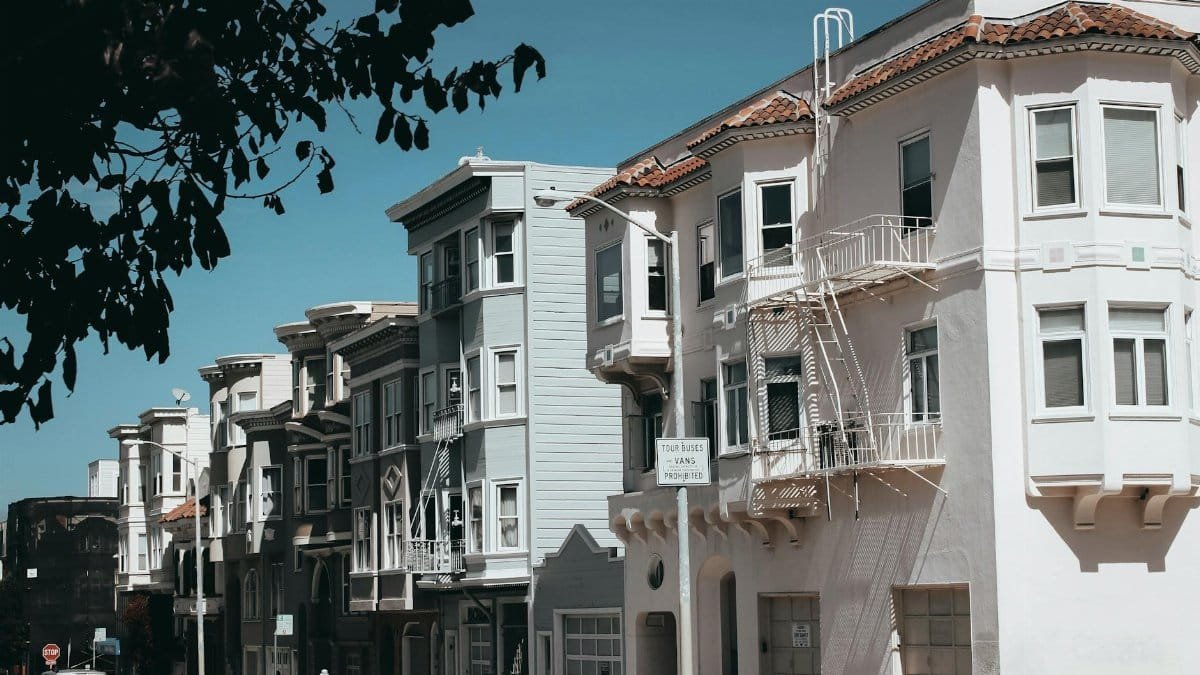
San Francisco’s BART system introduced silent cars on select trains crossing the Bay, targeting tech workers and daily commuters. Started in early 2025, the initiative aligns with the city’s mindfulness culture. One commuter described the car as “a bubble of sanity before the startup chaos.” BART’s approach uses clear signage and occasional announcements, though adherence varies. Usage stats are still forming, but early buzz via BART Official Site suggests curiosity is high. It’s a tech-savvy city betting on quiet innovation.
7. Seattle: Sound Transit’s Hushed Ride
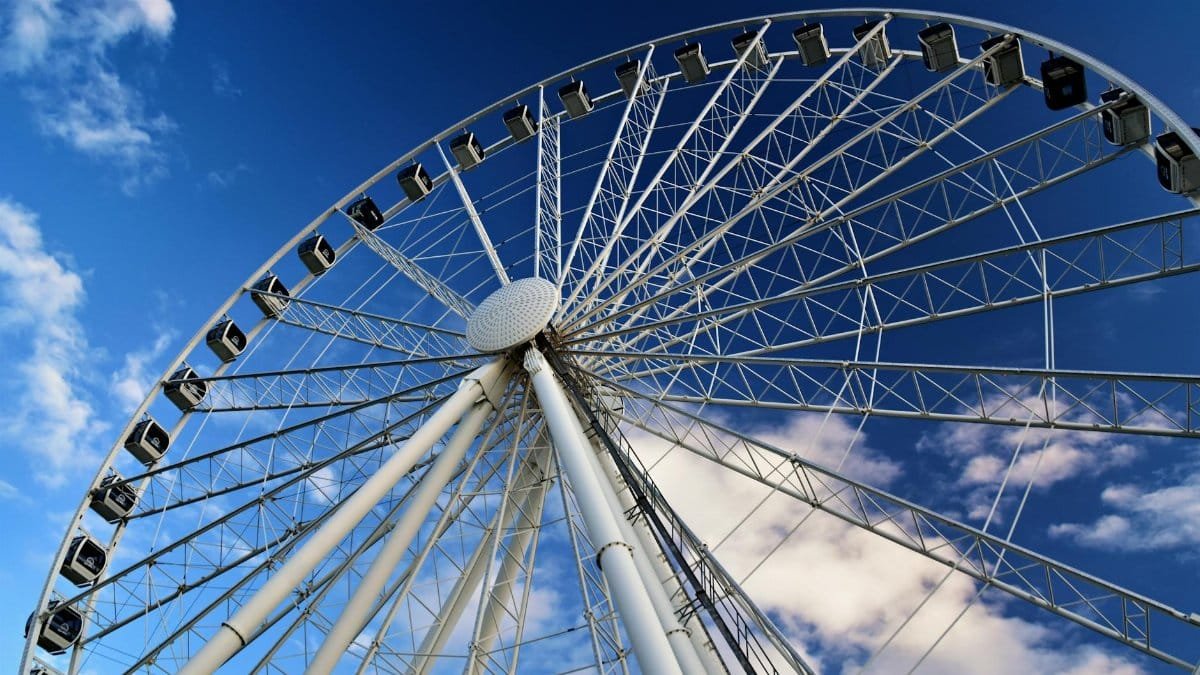
Seattle, often drenched in rain and introspection, added silent cars to Sound Transit’s Link light rail in 2025. The program caters to the city’s reserved, coffee-fueled commuters. It’s less about strict rules and more about mutual respect—a very Pacific Northwest vibe. Initial rider feedback highlights appreciation for a space to unwind. Sound Transit’s updates at Sound Transit point to growing interest. For Seattleites, silence pairs well with the gray skies.
8. Philadelphia: SEPTA’s Quiet Push
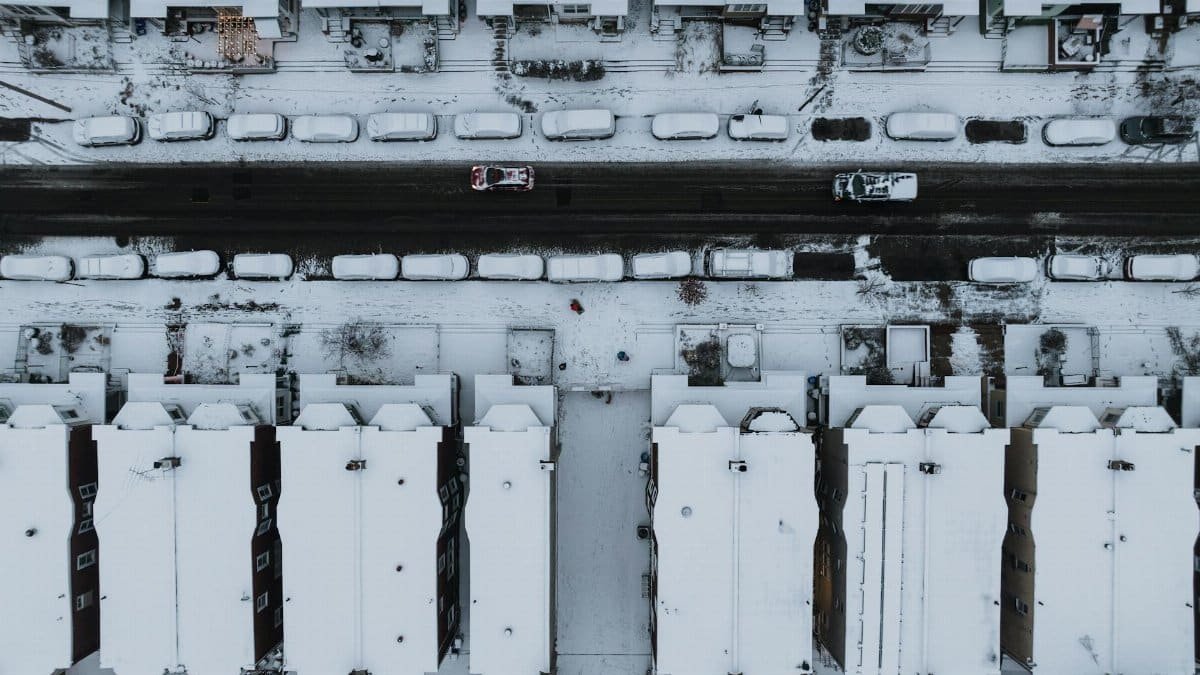
Philly’s SEPTA tested silent cars on Regional Rail lines, focusing on suburban-to-city commuters. Launched in late 2024, it’s a gritty city’s attempt at calm. Riders report mixed results—some cherish the hush, others ignore it. SEPTA’s data shows a cautious optimism, with expansion under review. More details are at SEPTA Official Site. In a city of brotherly love, quiet might need a louder advocate.
9. Atlanta: MARTA’s Silent Step

Atlanta’s MARTA joined the silent subway list with a trial on its Red and Gold Lines in 2025. Aimed at business commuters, the program seeks to ease the strain of sprawling commutes. It’s early days, but MARTA’s outreach hints at cautious expansion if demand holds. Check progress at MARTA Official Site. For a Southern hub, silence is a novel pitch.
10. Portland: TriMet’s Peaceful Tracks
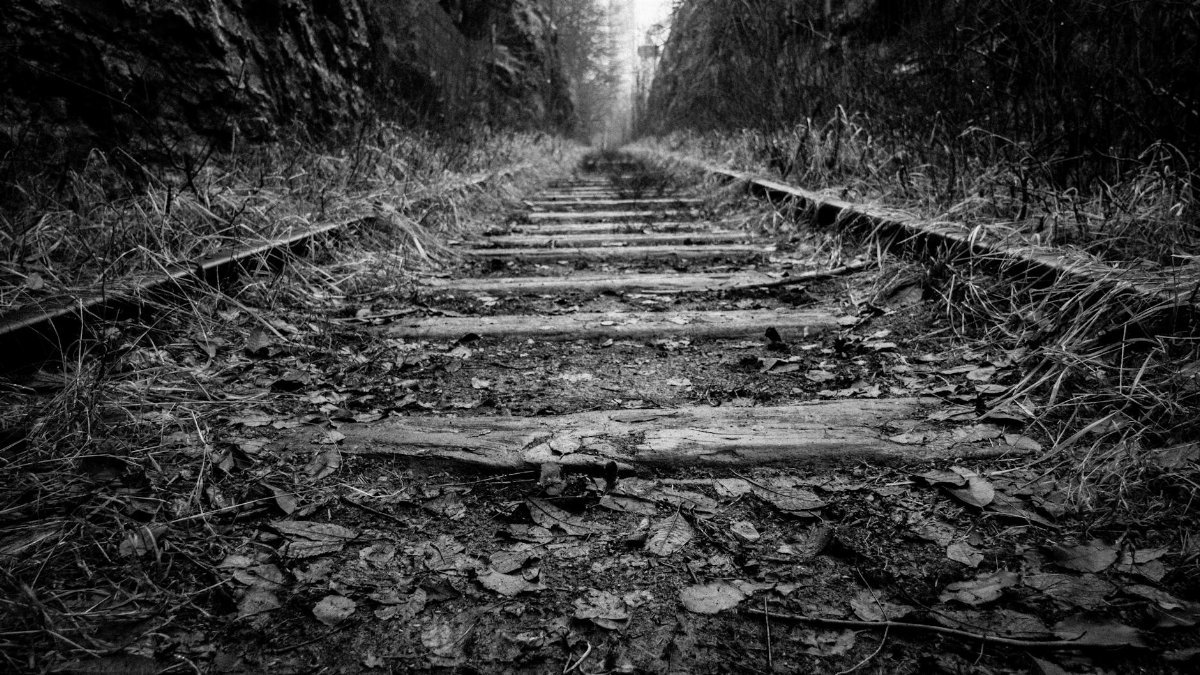
Portland’s TriMet embraced quiet cars on MAX light rail, reflecting the city’s quirky, calm ethos. Started in 2025, it’s a natural fit for a place that prioritizes sustainability and mindfulness. Riders seem to get it, with minimal pushback reported. TriMet’s updates at TriMet Official Site suggest a warm reception. Silence, here, feels like home.
11. Denver: RTD’s Quiet Frontier

Denver’s Regional Transportation District (RTD) added silent cars to light rail lines like the D and H, targeting outdoor enthusiasts and urban workers alike. Launched in early 2025, it’s about balancing the city’s active lifestyle with downtime. RTD’s early feedback, via RTD Official Site, shows curiosity outpacing skepticism. In the Mile High City, quiet is climbing.
12. Miami: Metrorail’s Silent Wave

Miami’s Metrorail, known more for vibrant energy than calm, tested quiet cars in 2025 on its Orange and Green Lines. It’s a surprising move for a city of salsa and bustle, yet commuters—especially tourists—welcome the breather. Enforcement is lax, but the idea has fans. Updates at Miami-Dade Transit hint at potential growth. Silence, even in Miami, finds its rhythm.
Why the Silent Subway List Matters

Beyond the specifics of each city, the rise of the silent subway list signals a deeper shift. Urban life in 2025 feels louder, more crowded, more relentless. Mental health concerns are spiking—studies like those from the National Institute of Mental Health show anxiety rates climbing among city dwellers. Quiet cars aren’t just a perk; they’re a response to a collective need for pause. They’re imperfect—enforcement wavers, and not everyone buys in—but they’re a start. Think of the last time a stranger’s phone call pierced your train ride. Now imagine that irritation melting away. That’s the promise these cities are chasing.
Challenges in Keeping the Quiet

Creating silence isn’t simple. Transit agencies face pushback—some riders see quiet cars as elitist or impractical. Enforcement varies wildly; New York’s hands-off approach contrasts with Chicago’s staffed oversight. Then there’s the cultural hurdle: Americans aren’t always wired for restraint. Online, frustrations bubble up—one anonymous post described a quiet car ruined by a loud argument, with no one stepping in. Transit systems must balance rider freedom with the goal of calm. It’s a tightrope, and not every city on the silent subway list walks it well yet.
What’s Next for Your Commute?

If your city isn’t on this list, don’t count out change. Transit agencies nationwide are watching these pilots. Rider surveys, like those from Pew Research on urban stress, underscore demand for quieter public spaces. Smaller metros might adapt the concept to buses or regional trains. The silent subway list could grow, reshaping how we move through cities. For now, check your local transit site. Your next ride might just come with a side of peace.
